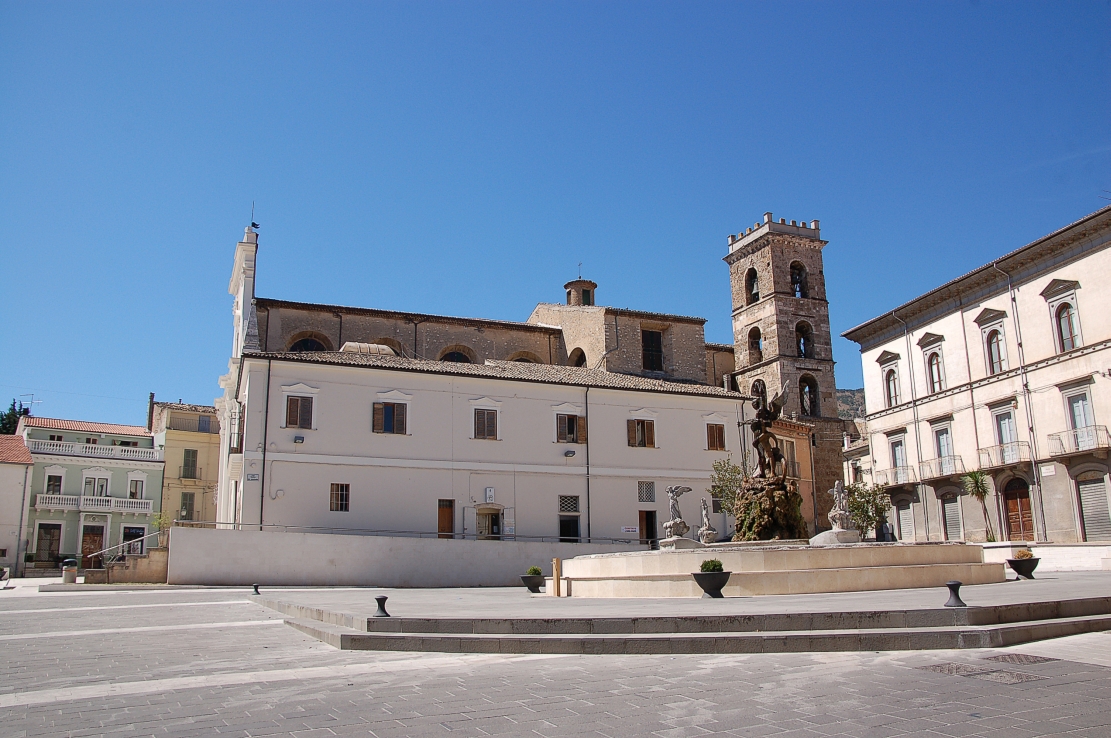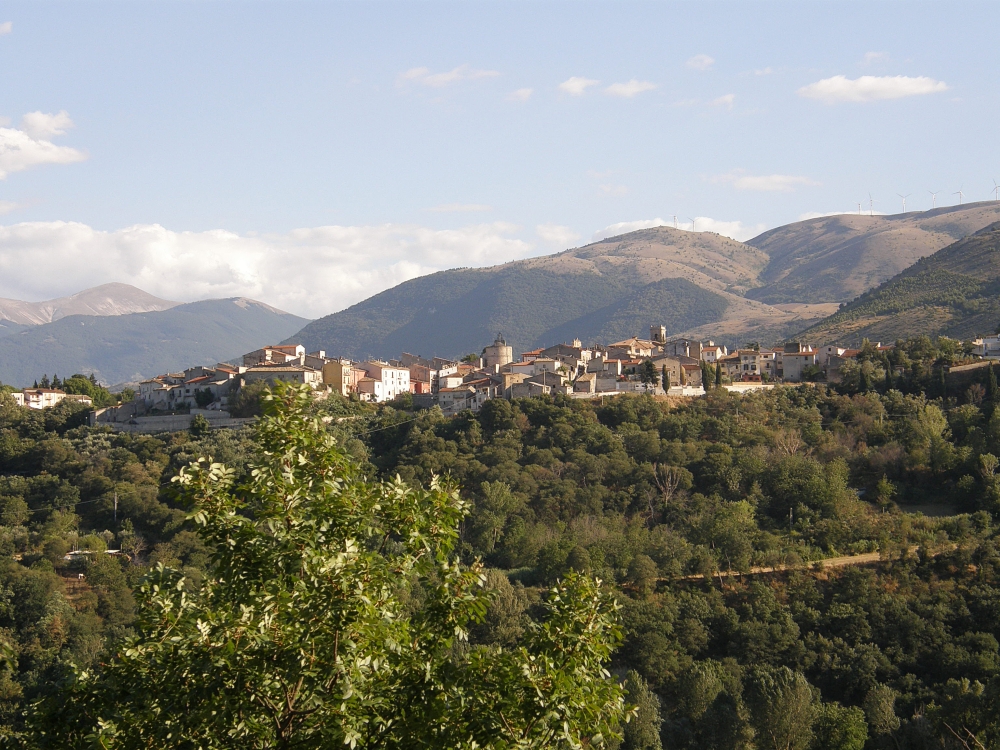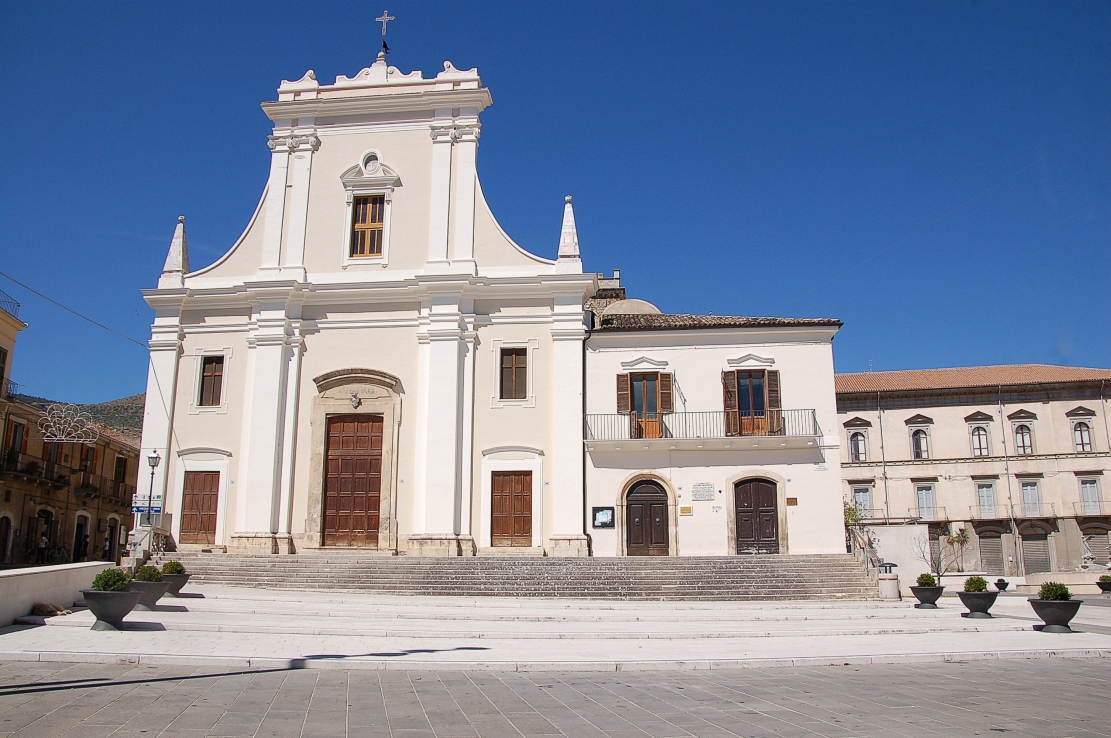




Raiano
The station of Raiano, located between the San Venanzio gorges – where the railway passes through several tunnels – and the Peligna Valley, is one of the most important stations on the L'Aquila-Sulmona stretch. It was inaugurated in 1875.
«Paelignorum Corfinienses, Superequani et Sulmonenses» così descrive le popolazioni peligne Plinio il Vecchio, nella sua Naturalis Historia.
Raiano is located near the ancient Corfinium. On the hill of Castellone, the Villa Ragiani o Catrum Radiani, was built in the Middle Ages, the first certain mention of which dates to 872 AD. This first inhabited centre, which briefly hosted the emperors Otto I and Otto III in the 10th century, followed the feudal vicissitudes of the Southern Kingdom throughout the Middle Ages, subject to the successive Norman, Swabian, Angevin and Aragonese monarchies, but was of considerable importance due to its strategic position on the old Tratturo (cattle track) that connected Foggia to Celano.
Due to the earthquakes of the 15th century, the area was abandoned, and its inhabitants settled further down the valley, on a small rise located close to the Via Consolare at the exact point where the Tratturo divides. Thus, the urban agglomeration called 'Raiano vecchio' was born, corresponding to the current Sant'Antonio hamlet, named after the church of the co-patron saint. The next earthquake of 1703 resulted in heavy losses. Many buildings, such as noble palaces, were rebuilt from scratch. ..
Despite being a small provincial town, in the previous century Raiano was very popular with prominent figures such as Benedetto Croce, Cesare de Lollis and the publisher Giovanni La Terza.
Raiano is entirely crossed by the ancient transhumance route of the Celano-Foggia sheep-track. This Regio Tratturo collected the pastoral flows of the Velino-Sirente area in Celano, skirted the northern edge of the Fucino basin and, through the Subequana valley, reached the Peligna basin in Raiano. After crossing the basin, it reached Sulmona and began the ascent that from the Gizio valley, via Pettorano and Rocca Pia, led to the Cinquemiglia plateau; the Portella pass then connects with the higher plateaus of Rivisondoli, Pescocostanzo and Roccaraso.
Of great historical and artistic interest is the hermitage of San Venanzio, built in the 15th century along the caves of the same name. The access to the sanctuary is via a loggia bridge, while in terms of architecture, the hermitage is characterised by a single nave surmounted by a barrel vault. The high altar, made of stone, was created by the Rianese sculptor Diego Mostacci.
The Clock Tower, with its cylindrical plan, is also impressive, as it is the only surviving part of the ancient castle.

Project by Riattivati Youth Cultural Association
With contributions from: FAI – Fondo per l’Ambiente Italiano ETS, INTESA SANPAOLO, Rotary Club Rieti
Thanks To the promotion comittee: Amici di Rieti, Associazione Culturale Giovanile Riattivati, Rotary Club Rieti e Associazione Collezionisti “Sabatino Fabi”
